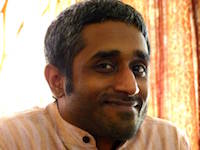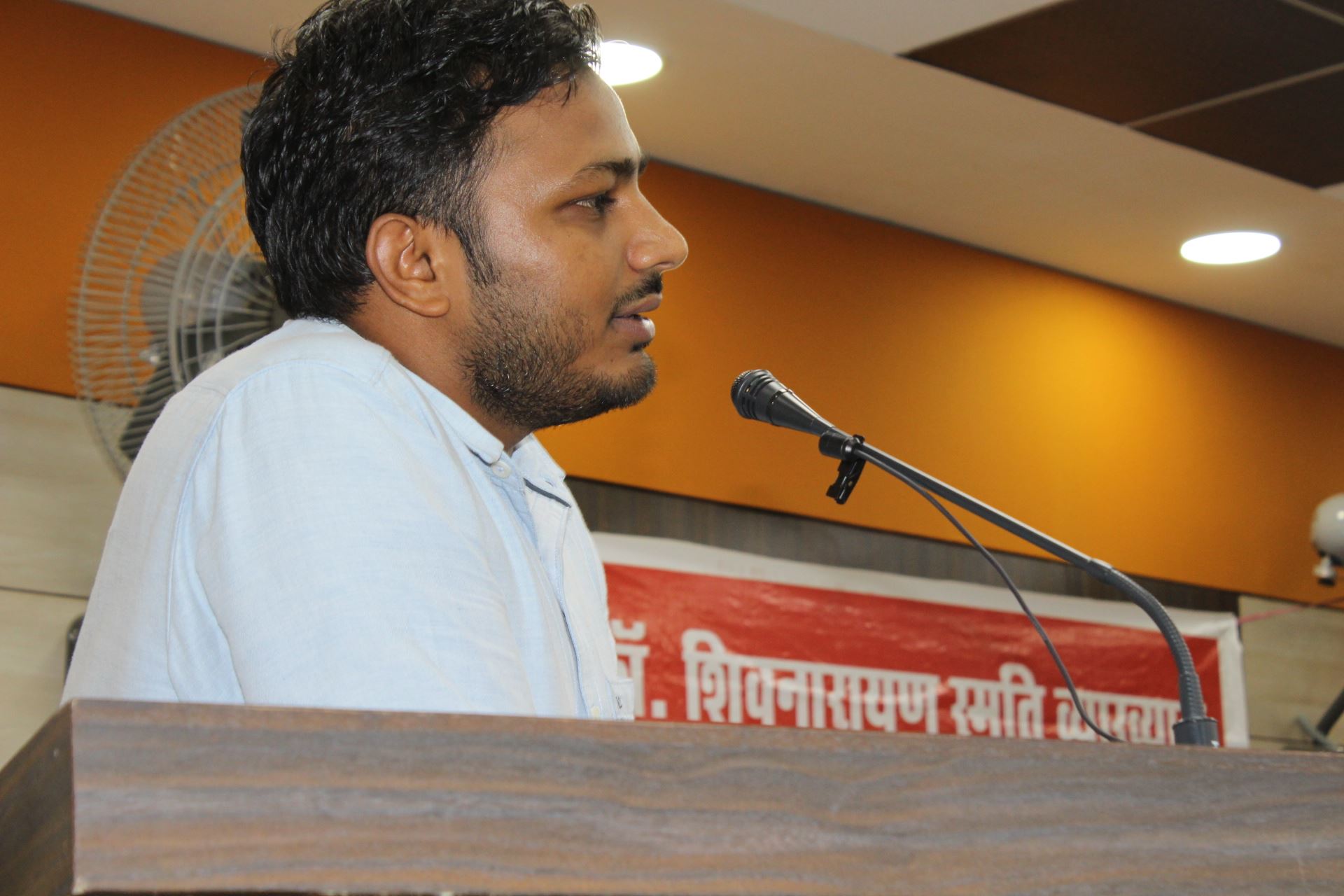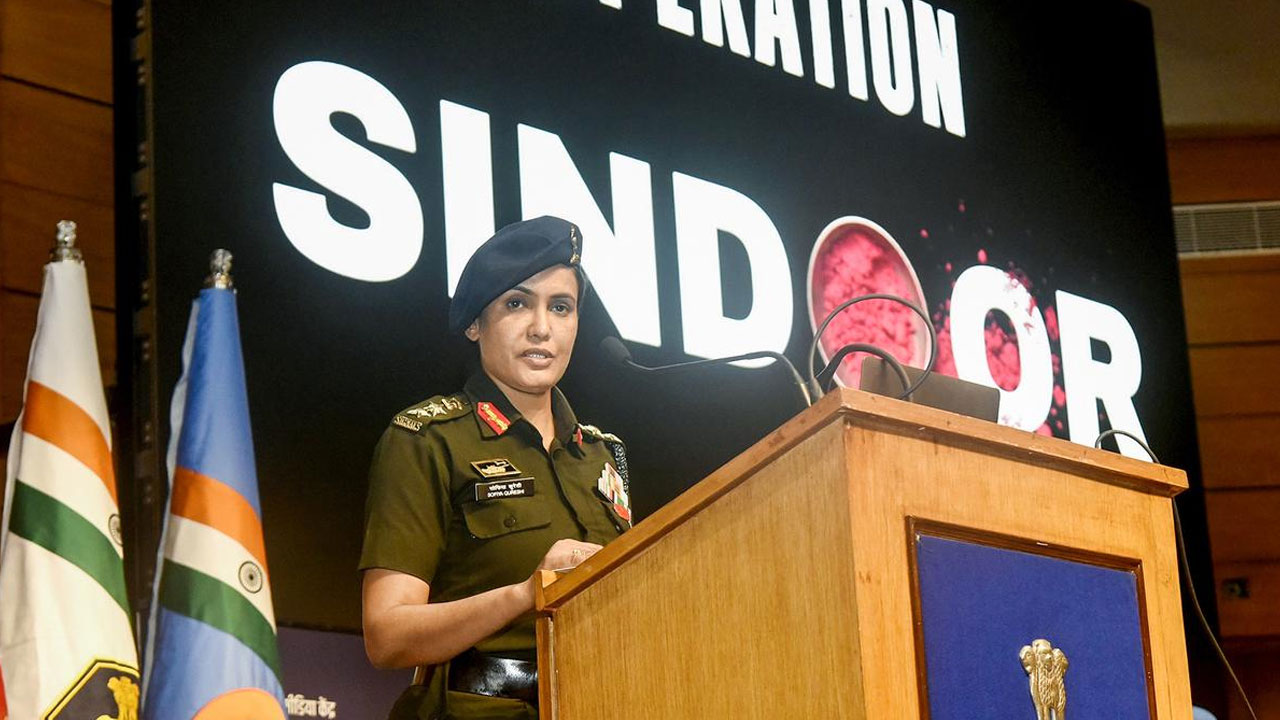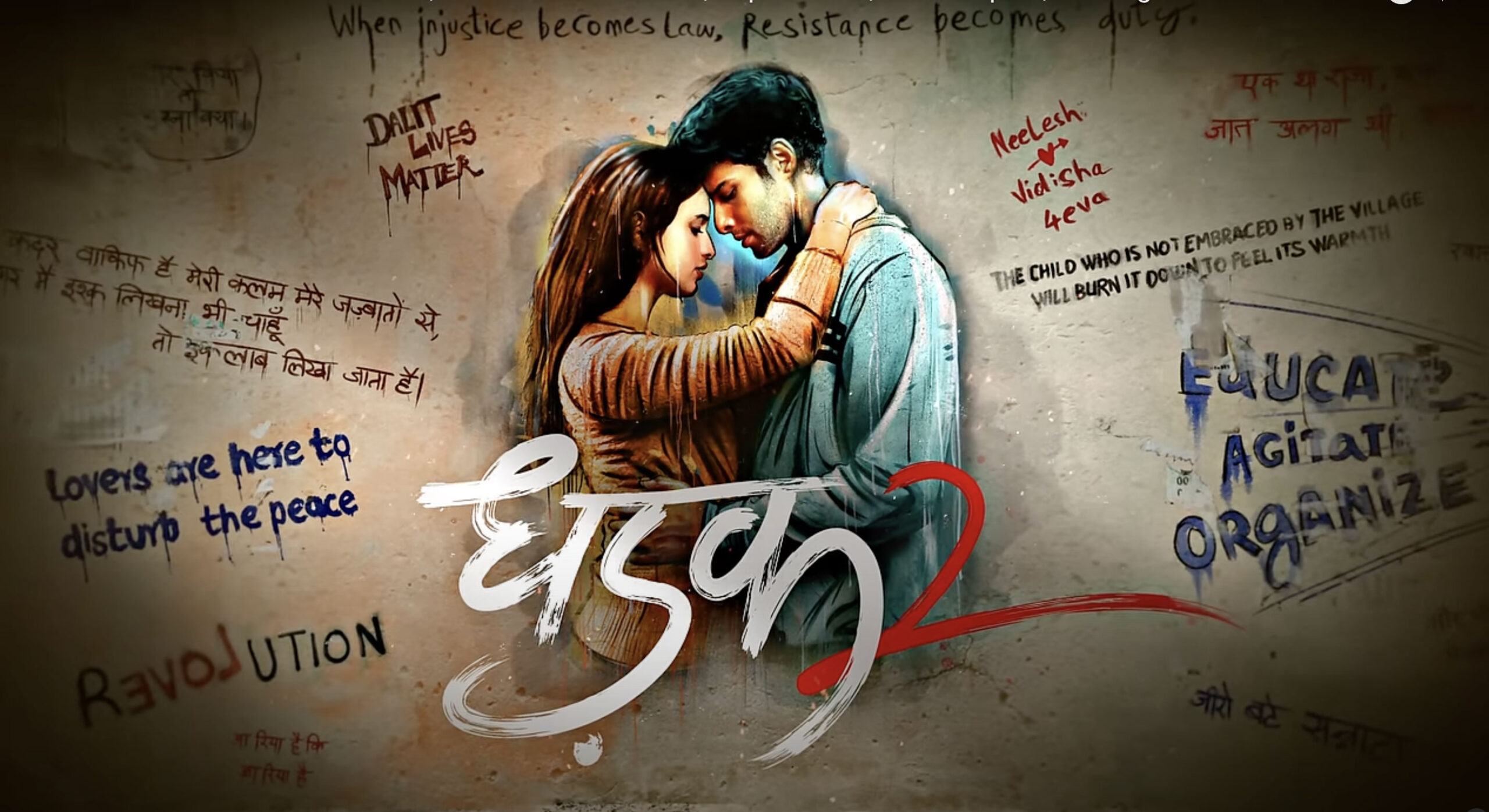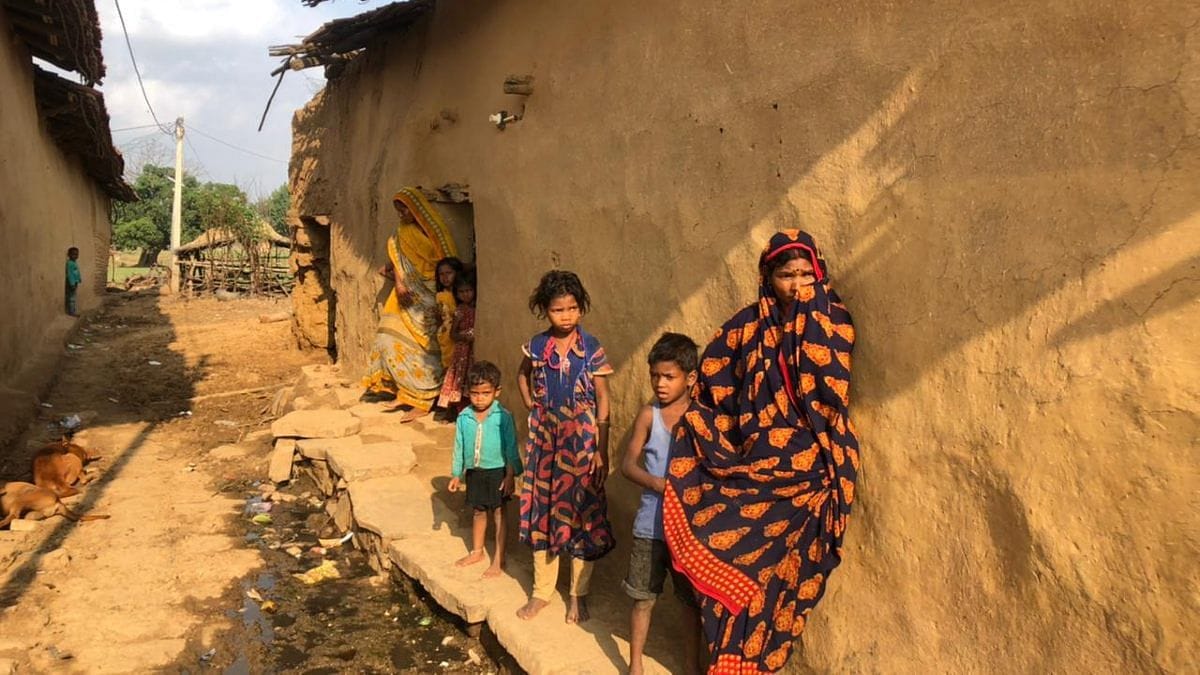G. Karunanidhi is the general secretary of the All India Federation of Other Backward Classes Employees’ Welfare Associations (AIOBC). He has been an outspoken proponent of social justice through reservations and has actively pursued litigations against policies and measures of the Union Government undermining reservations for historically deprived communities, such as the National Eligibility Cum Entrance Test (NEET) for medical colleges and the reservation quota for Economically Weaker Sections (EWS). Karunanidhi spoke with FORWARD Press about the recent Supreme Court judgment according to which the State had the power to subcategorize reservation for the Scheduled Castes:
How do you see the recent Supreme Court judgment on Scheduled Castes subquota? What sort of impact will it have on the struggle for social justice nationally?
First of all, the seven-judge bench of the Supreme Court, with one judge dissenting, has validated that the State has the power to subcategorize reserved groups, specifically Scheduled Castes (SCs) and Scheduled Tribes (STs). From the social justice angle, this is a very good judgment. In fact, in Tamil Nadu, we have already done subcategorization of SCs. The government has given three per cent reservation to the Arunthathiyar community, carved out from the 18 per cent reserved for the SCs [with the first reserved seat for the SCs going to the Arunthathiyars], which was found to be not having adequate representation and not at all in the mainstream. Now the Supreme Court has validated the Act that made this subcategorization possible in Tamil Nadu as well as that the State has the power to subclassify. We look at this positively. Second, the impact is that for all reserved groups, OBC, SC or ST, when there is implementation of a reservation policy, only the top layer or those who are educated will be able to apply for jobs or go for higher education; the communities who have had the least access to education will lag behind; so in the course of social-justice transformation, the need for subcategorization will arise, the objective being to give all communities some share in governance . Given this possibility, I see a debate taking place whether to have subcategorization at the national level for SCs and STs. In fact, the Union Government has already explored subcategorization for the OBCs by setting up the Justice Rohini Commission, without anyone raising a hue and cry that this exercise will disintegrate the social-justice group. Whereas now that the court says the State has the power to subcategorize SCs, some think that this will have a negative impact. For me, this will have a positive effect because all communities in the group will get leverage through subcategorization. That is why many states have already subcategorized the OBCs in various forms. In Tamil Nadu we have BC (Backward Classes) and MBC (Most Backward Classes), in other states they have A, B and C subgroups. So subcategorization allows communities that have so far have had little access to government jobs and higher education to pursue these opportunities without fearing that others who are already ahead will corner the available jobs and opportunities. So, subcategorization will have a positive impact nationally, too.
Do you think there should be subcategorization of reservation quotas in higher education, too?
Yes, naturally. Once subcategorization is done it becomes applicable to both government jobs and higher education. Only once these deprived communities have education, can they apply for jobs. If you delink higher education from such a provision, the government will say we don’t have suitable candidates and the posts won’t be filled.
In Tamil Nadu, there is an SC subquota for Arunthathiyars in higher education, too.
Yes, it’s applicable to both public employment and higher education.
Also read: Prakash Ambedkar: Supreme Court got it wrong, State can’t subdivide Scheduled Castes quota
And the SC sub-division is permeable in the sense that if enough Arunthathiyar candidates are not found, the positions set aside for them will be open to other SC candidates. But this judgment does not say so. Is that worrisome?
See, the Supreme Court judgment has only said that the State has the power to subcategorize SC quota. The court is not the forum to legislate, the court can only interpret a law. Now the states, based on their needs – the size of their SC communities and their representation – have to come up with the suitable subcategories.
What is your take on the critique, including Justice Bela Trivedi’s dissenting judgment, that subcategorization of SC quota would be unconstitutional?
The majority of the judges on the bench were in favour of subcategorization. In fact, in the Indra Sawhney judgment of 1992, the Supreme Court had said that backward classes could be subcategorized into BC and MBC. That was a nine-judge bench. Some states had attempted subcategorization of the SC quota, which was challenged and the court has now given the ruling – that there is nothing wrong with subcategorization based on representation. So, I don’t agree with the dissenting judgment of Justice Bela Trivedi.
Do you think demands for subcategorization have emerged from or have been supported by states that have a history of implementing reservations reasonably well? And an educated elite has emerged among the SCs in these states?
In the southern states, particularly Tamil Nadu, the concept of social justice is a century old. In Kolhapur (now in Maharashtra), Shahuji Maharaj implemented reservations in 1902. Mysore State (now part of Karnataka) implemented reservations in 1921. That was pre-Independence. After Independence, there have been reservations both for Backward Classes, Scheduled Castes and Scheduled Tribes. Now that reservations for Scheduled Castes have been in place for 75 years, certain SC communities have an upper hand over others . This is only natural. Once the door of affirmative action is opened for a particular class of people, the communities within that class that are ahead of the others will be the first to get to it. After 75 years of reservations in higher education and employment, some communities among the Scheduled Castes naturally feel they have not got adequate opportunities and representation. If you want true social justice, equal opportunity should be given to all communities. It is for the central and the state governments to ensure that these opportunities percolate to all communities. If this hasn’t happened, they have to take measures and one of the measures is subcategorization. That is why states have carried out such measures. This is not wrong. In fact, this is necessary.
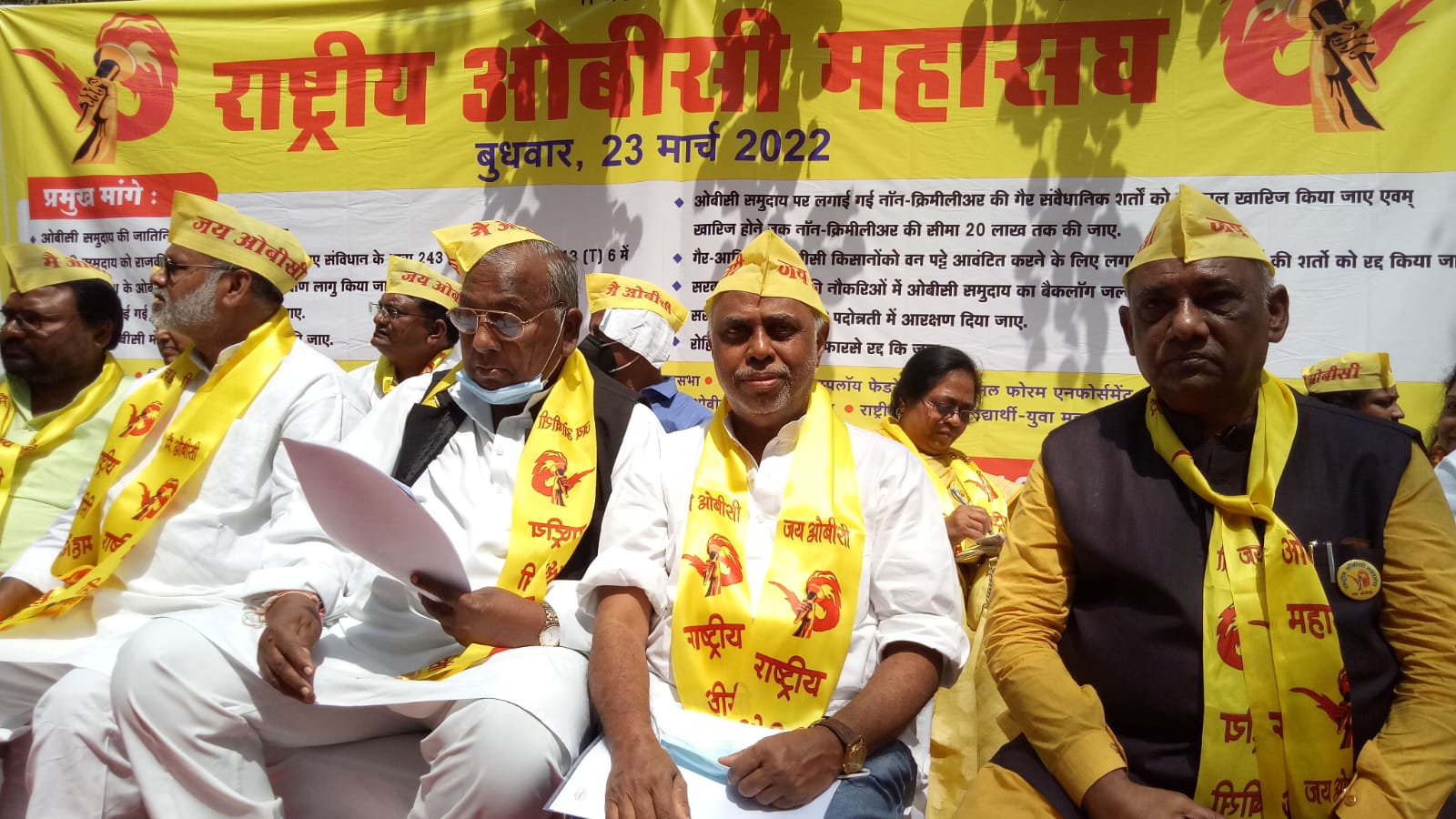
What will be the impact of this judgment on the states where even now reservations for SCs and STs are poorly implemented?
I cannot accept this argument. The reservation policy of the Union Government for backward classes came into effect in 1993. That was only in government jobs. In higher education, this came into effect after 2008. Whereas for Scheduled Castes and Tribes, reservations have been in place since Independence on the basis of the Government of India Act 1935. Babasaheb Ambedkar took all the necessary steps to ensure this provision was in place. I don’t think you can say about any state that SC-ST reservations have not been implemented there since 1950.
How about poor implementation?
Reservations may not have been implemented in full but people have to be readied. They have to be given education first. Only then will they be able to apply for jobs. If that is not the case yet, there is no need for subcategorization. Only when there is advancement among certain castes and not in others, there is a need to subcategorize. The court hasn’t said all states must subcategorize. Whether to subcategorize and how to go about it is for the state to decide, depending on the representation of the various communities. The court has only said that the State has the power to subcategorize the SC quota. The Rohini Commission had invited the All India Federation of OBC Employees’ Welfare Associations (AIOBC), of which I am the general secretary, to make representations. We told the commission that we are for subcategorization but that we oppose subcategorization within the 27 per cent quota for OBCs – because the population of the backward classes is more than 50 per cent but they have only 27 per cent quota. This being the case, we asked the commission, how are you going to decide on the subquotas and undertake the exercise? We told the commission that first you’ll have to get all the data – the population of the various communities in the backward classes, what their representation is in public employment and higher education – and only then this will be a purposeful exercise. Otherwise, this will be a wasteful exercise. I gave Justice Rohini the example of Tamil Nadu. We have been implementing reservations since 1928. After Independence, at various stages, the reservation quota was increased. Only in 1989, we went for subcategorization of the backward classes into BC and MBC. After continuous implementation of reservations from 1928 till Independence and for 39 years since, we had come a long way. Various communities were able to get government jobs but certain communities were still not able to do that. So the government decided in 1989 to subcategorize the backward classes. Whereas the reservation quota for OBCs under the Union Government does not reflect their proportion in the population and has not been implemented properly. You have only given 27 percent reservation, and at the top level of the bureaucracy we are not more than 5 per cent. How will you then subcategorize? That is what I told the commission.
What do you say about the fears that governments will use subcategorization as a tool to build vote banks without regard to representation?
That is a different area. We are concerned about social justice. Under Scheduled Castes, several castes are bunched together. So each caste is going to demand representation as long as reservations exist. Refusing representation to them goes against social justice. When you are aiming for representation, you have to ascertain whether all the communities, especially those who are disadvantaged, have adequate representation in the power structure. So if that is happening, whether or not votes are being polarized, is not the main question here. Irrespective of the apprehensions of polarization, the disadvantaged people should not be made to suffer. Even the demand for representation of a community that forms a tiny percentage of the population should be honoured. In Tamil Nadu, the subcategorization of backward classes into BC and MBC has not led to polarization. They all vote for social justice in elections. This is a process. Such questions may arise in this process. But Tamil Nadu has shown that these fears are unfounded.
Also read: Prof Shyamlal: Subcategorization of SCs doesn’t go against Ambedkarite ideology
Do you think this judgment lends weight to demands for a caste census?
Certainly. The court has said subcategorization is to be done on the basis of data on representation. It is impossible to subcategorize quotas without having the numbers. And the only way to get these numbers is to carry out a caste census. The numbers of the Scheduled Castes and Scheduled Tribes are available in the Census, and these, along with their numbers in public employment and higher education, will help the government know the extent of their representation. The population figures of the backward classes though are not available. Only a caste census will bring out their numbers. There has been a continuous demand for a caste census by various political parties and organizations since 2011. Now, the major opposition parties are demanding a caste census. Only a caste census can reveal the proportion of the OBCs in the population and only on the basis of that, reservations for the OBCs and welfare schemes in general can be formulated. This judgment is going to perk up all the social-justice organizations to demand caste census. In fact, the AIOBC had a meeting on 16 August 2024 and we have decided to hold a dharna at Jantar Mantar [in New Delhi] by the end of November with the demands of a caste census, abolition of creamy layer and protection of the public sector.
In Tamil Nadu, the OBCs have had a big role to play in the anti-brahmanical movement. But critics of the judgment in the Hindi-speaking states say it’s the Dalits who have been at the forefront of the anti-brahmanical movement here and subcategorization of SCs will adversely affect the movement. What’s your take?
This social justice movement in Tamil Nadu was started way back in 1916 by social justice leaders. Thanthai Periyar, the social revolutionary, turned it into a mass movement. It is a non-Brahmin movement. When we say non-Brahmin, it includes everyone other than the Brahmins. Even forward communities who are non-Brahmins are also part of this movement and they have fought for social justice. In fact, the first reservation policy implemented in 1928 was the result of Mr S. Muthiah Mudaliar’s efforts as education minister of the Madras Presidency. Mr Muthiah was not from the backward castes. Like V.P. Singh, he was not from the backward castes. When the Communal G.O. (Government Order) was struck down by the High Court and Supreme Court in 1950, Thanthai Periyar started an agitation, and Muthiah and other members of forward castes supported the agitation. That is why it is called a non-Brahmin movement. We call it a Dravidian movement. Instead of a negative term, we are using a positive historical term. The Dravidian movement includes all people except Brahmins. Here, there is no question of a division between Dalits and Backward Classes. Subcategorization of backward classes as BC and MBC has benefitted the MBCs. Those who couldn’t access reservations earlier, now can. Similarly, the Arunthathiyar caste is the most degraded caste in the eyes of the public. But now because of the three per cent reservation, 82 candidates from the caste got seats in medical colleges prior to NEET being introduced. Earlier, Arunthathiyars couldn’t even imagine clearing 12th standard. Now they are doctors. That’s the effect of subcategorization in reservation for them. So there is no dilution of the movement. In fact it has become stronger. Even recently, as you saw in the Lok Sabha elections, people are united for the cause of social justice in Tamil Nadu. This will become a reality in the other states too in the coming days. They are looking at the Tamil Nadu model. Even KCR [K. Chandrashekar Rao, former chief minister, Telangana] is sending his party leaders to Tamil Nadu to study how the DMK [Dravida Munnetra Kazhagam] functions, and how its cadre is built. They want to study how the concept of social justice is implemented by Dravidian parties in Tamil Nadu; how the Dravidian movement has been able to continuously and effectively implement reservations; how it has transformed society in the state; how has the state become No 1 in education and other parameters. In no way has merit been diluted in Tamil Nadu because of the reservation policy. I don’t know how the North Indian media is looking at this issue but we know very well that subcategorization or giving reservations to the most disadvantaged sections within the reserved category is real social justice.
(Copyediting: Amrish Herdenia)
